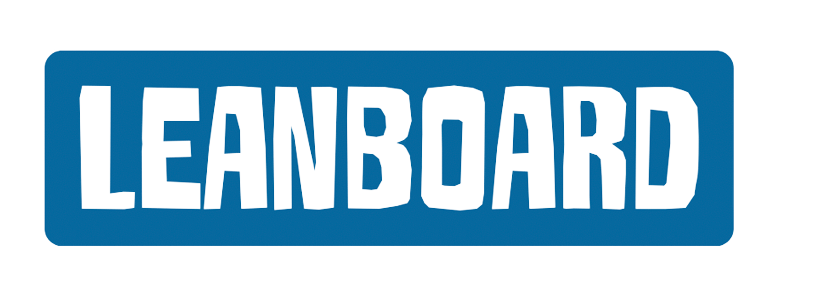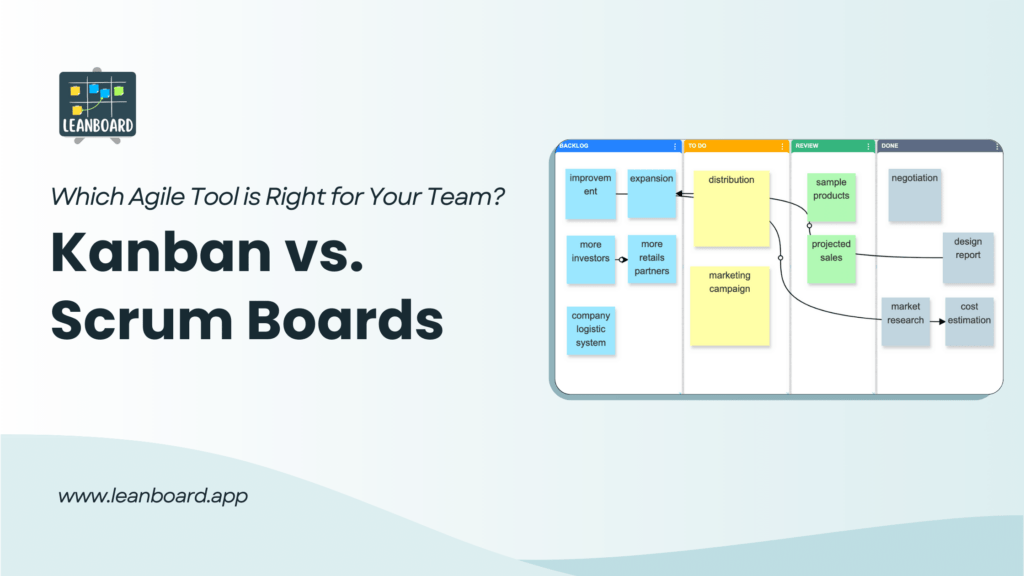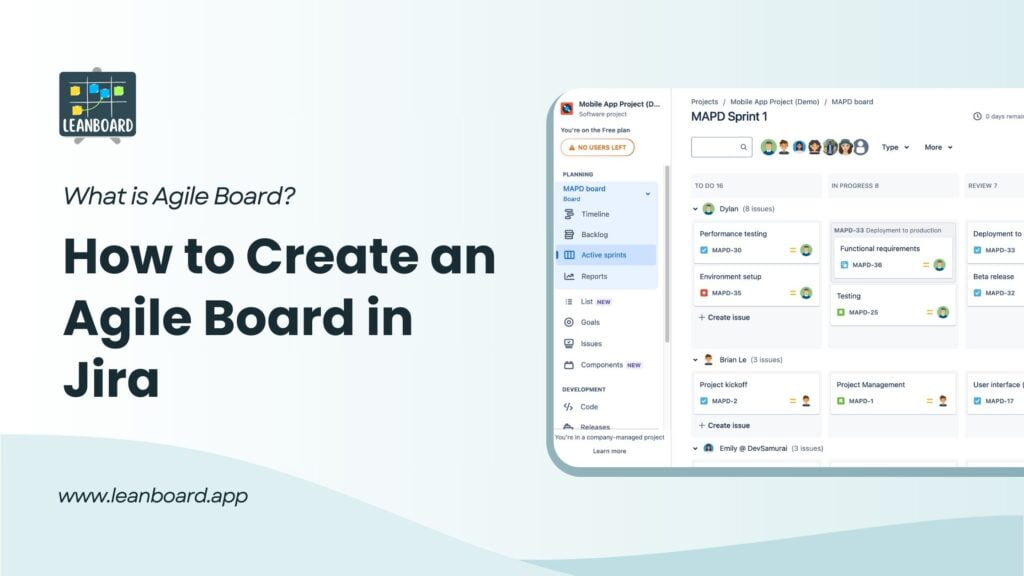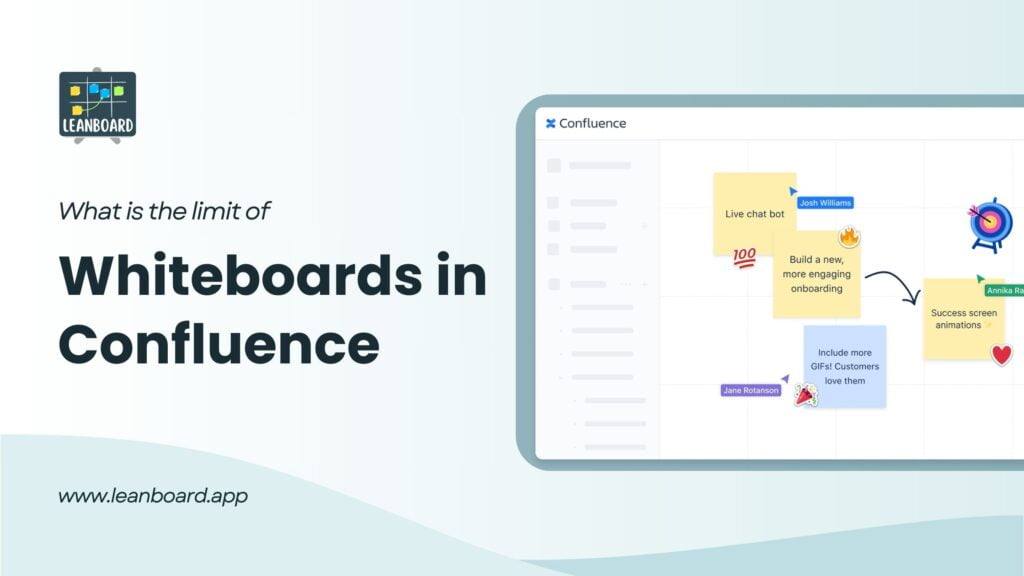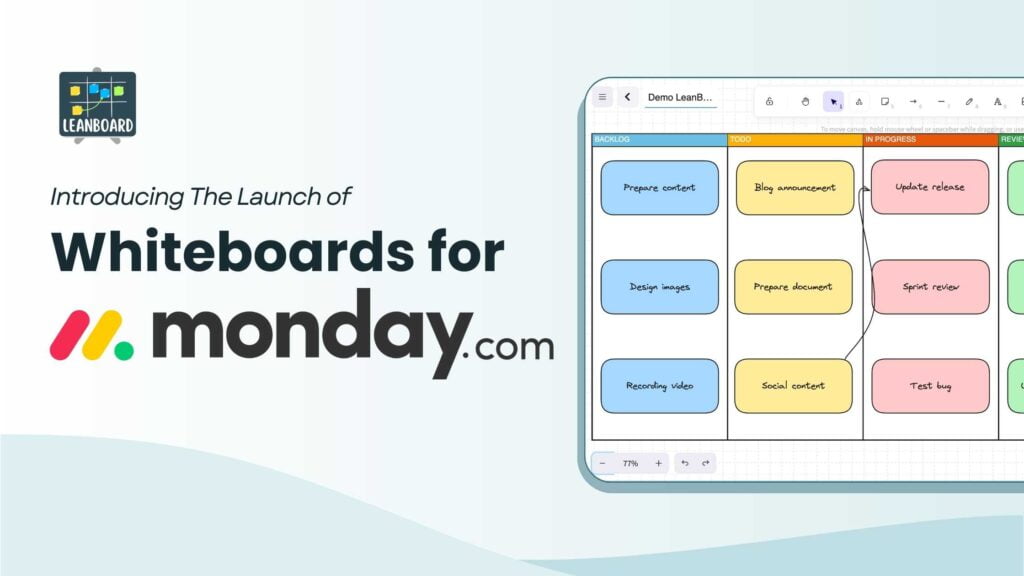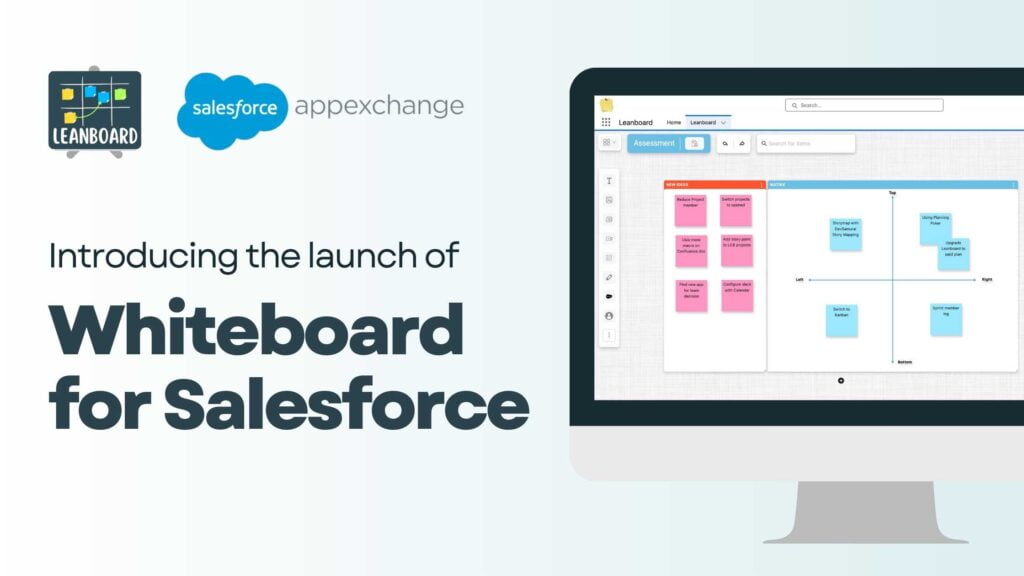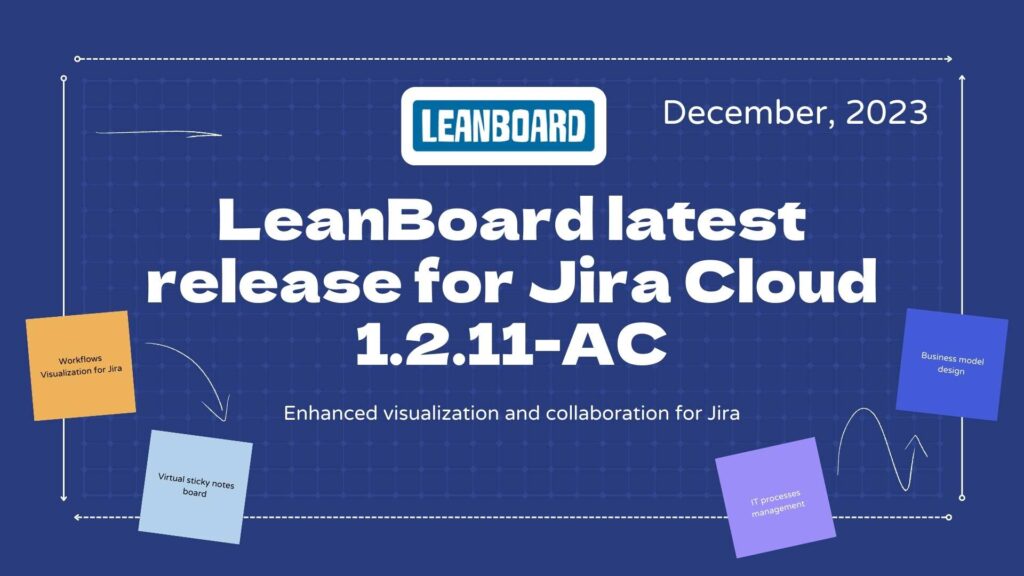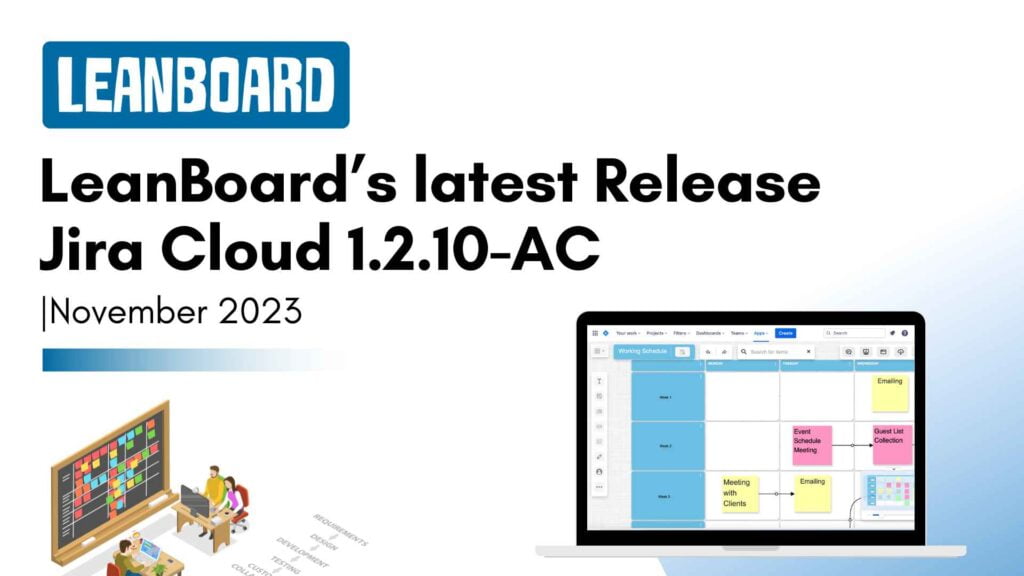When it comes to product development, efficiency and agility become extremely essential to any business’s operations. Fortunately, Lean methodology offers developers a robust framework to enhance productivity and minimize waste.
In this article, we will discover what Lean methodology is and strategic ways for integrating its principles into project management. From there, you can elevate the development process to new heights of streamlined success.
What is Lean methodology?
Lean methodology is a management and production approach that aims to maximize value while minimizing waste in various processes. Although it originated in manufacturing, people have applied this methodology to many industries and sectors, including software development, healthcare, and services.
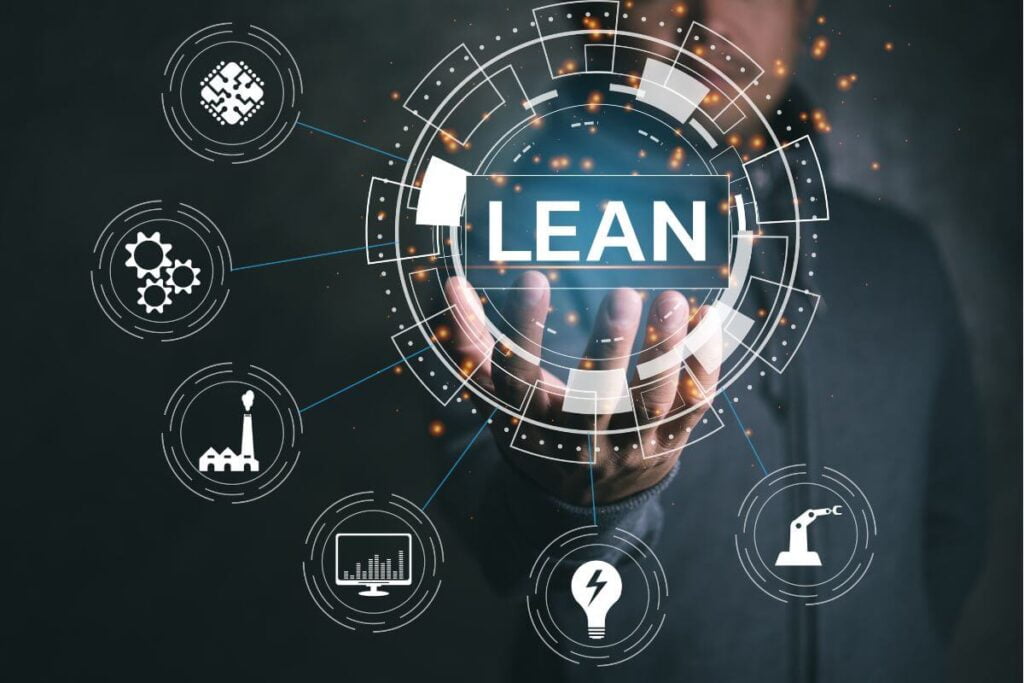
Additionally, Lean methodology focuses on delivering customer value efficiently by identifying and eliminating activities that do not contribute to that value.
The five principles of Lean methodology
Lean is not a one-size-fits-all approach. Instead, it is more of a flexible philosophy that you can tailor to fit your needs and challenges.
Therefore, you should follow these five key principles to get a framework to systematically identify and eliminate waste while maximizing customer value.
1. Value
The first principle of Lean methodology, value, underscores the importance of understanding and defining what constitutes value from the customer’s perspective. This also means prioritizing features and functionalities that directly address user needs, contributing to solving problems or meeting user requirements.
Additionally, it involves defining project objectives and deliverables aligned with the organization’s strategic goals and customer needs. Both developers and managers should aim to eliminate any unnecessary work or scope, focusing on delivering valuable outcomes that align with customer expectations.
2. Value stream
Understanding the value stream is essential for software developers and project managers alike. For developers, it means visualizing the entire software development process, from idea to deployment and maintenance.
This enables the identification of bottlenecks, inefficiencies, and areas for improvement, leading to streamlined processes and enhanced efficiency.
For project managers, mapping the value stream involves visualizing the end-to-end project lifecycle. Additionally, they can identify areas to optimize tasks, allocate resources efficiently, and improve project efficiency.
3. Flow
Without a doubt, it is crucial to achieve a smooth and continuous flow of work for both developers and project managers. It means breaking down work into smaller, manageable units and releasing them incrementally to reduce interruptions and integration challenges.
This agile approach ensures that code flows smoothly from development to testing and deployment.
Besides, managers can foster flow involving minimizing task dependencies, ensuring that work progresses steadily throughout the project lifecycle, and reducing delays to enhance project predictability.
4. Pull
Next, we have the Pull principles. They are highly relevant to software developers and project managers.
In product development, adopting a pull system means initiating the development of a feature or task only when there is a clear demand for it, often guided by user priorities. This approach ensures that development efforts are aligned with actual user needs, minimizing the risk of overproduction or wasted effort.
Whereas pulling tasks is about responding to changing priorities and stakeholder needs rather than rigidly following a predefined schedule in project management. As a result, it ensures that managers allocate project resources efficiently and the project remains adaptable to evolving requirements.
5. Perfection
Last but not least, the principle of perfection emphasizes continuous improvement for both software developers and project managers. It involves a culture of learning and adaptation, where teams regularly reflect on their work, identify areas for enhancement, and make incremental changes.
Moreover, techniques like Test-Driven Development (TDD) and Continuous Integration (CI) exemplify the pursuit of code quality and development efficiency. Meanwhile, for project managers, perfection means fostering a culture of continuous improvement in project processes, methodologies, and team collaboration.
Regular evaluation of project performance ensures that project management practices evolve to meet the organization’s changing needs and challenges.
Why should you choose the Lean methodology?
There is no doubt that Lean methodology brings tons of benefits to organizations that decide to use it. Especially the ones striving for efficiency, quality, and customer satisfaction will find this methodology extremely useful.
Besides the core aspect of Lean, like removing waste from your business operations, other reasons prevail.
1. Maximizes customer value
This methodology focuses on understanding and delivering what the customer truly values. By continuously seeking to eliminate waste (or anything that does not add value from the customer’s perspective), organizations can ensure aligning their efforts and resources with creating value for their customers.
2. Nurture a culture of continuous improvement
Lean methodology is not just about tools and techniques. As mentioned above, it is also about creating a culture where continuous improvement is part of everyone’s job.
Specifically, this approach encourages innovation, engages employees, and leads to a dynamic organization always seeking ways to improve.
3. Improves employee morale and engagement
By involving employees in problem-solving and improvement initiatives, Lean methodology empowers them to have a sense of ownership over their work processes. As a result, this not only leads to better outcomes but also improves employee satisfaction and engagement.
Strategies for implementing the Lean methodology
Implementing Lean methodology into an organization is a transformative process that requires a well-considered approach. Therefore, you should follow these strategies to ensure its successful adoption and the sustainability of its practices.
1. Leadership commitment and support
The journey begins with securing leadership commitment and support. The initiative to implement Lean must come with full endorsement from top management, providing not only the necessary resources but also the authority to make meaningful changes.
Moreover, leadership should not merely sponsor these initiatives but also actively engage in them. Besides, it should demonstrate their commitment through participation in Lean training and events, reinforcing the importance of Lean principles throughout the organization.
2. Comprehensive training and education
Education and training play a crucial role in embedding Lean methodology within the organization. Comprehensive training programs designed to encompass all levels of the organization ensure a uniform understanding of Lean principles and tools.
Therefore, this foundational knowledge is vital for the successful application of Lean strategies. Moreover, ongoing education through workshops, seminars, and cross-training initiatives helps deepen this understanding. It also enables employees to continuously refine their skills and adapt to evolving Lean practices.
3. Utilize Lean tools and techniques
Lean tools and techniques, such as the 5S system, Kanban boards, Leanboard, and Just-In-Time production, are essential for the practical application of Lean principles. Utilizing these tools helps organize the workplace, improve workflow management, and enhance overall efficiency.
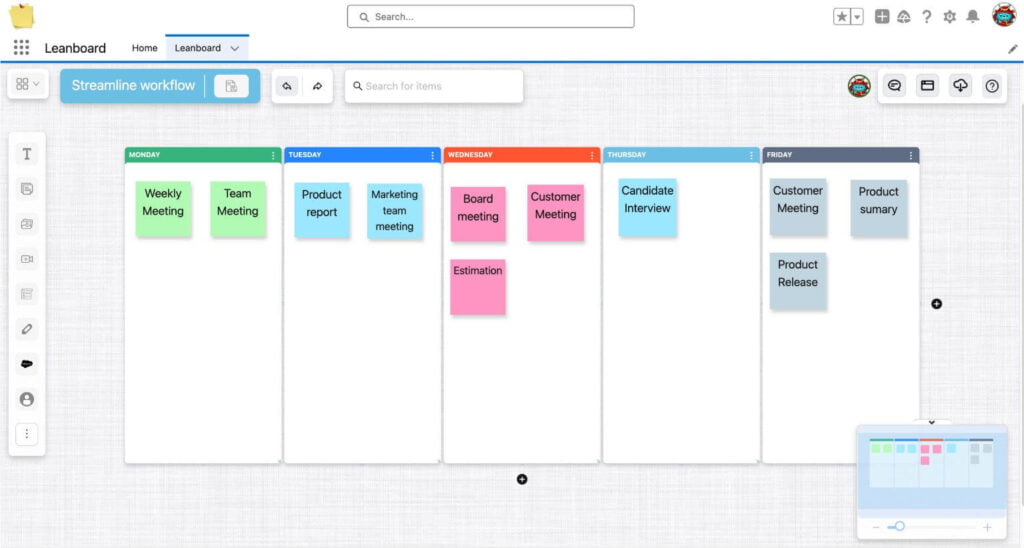
Additionally, applying root cause analysis techniques like the Five Whys or Fishbone Diagram enables organizations to address problems at their source, preventing recurrence.
Final thoughts
The Lean methodology offers a powerful blueprint for operational excellence. By understanding and applying lean principles, software development teams can achieve more with less, delivering high-quality products that meet customer needs without the burden of unnecessary complexity or waste.
However, the transition to a lean approach requires a shift in mindset and a commitment to continuous improvement. But the payoff, like streamlined processes and enhanced team collaboration, makes it a worthwhile endeavor for any development team looking to elevate their project management game.
